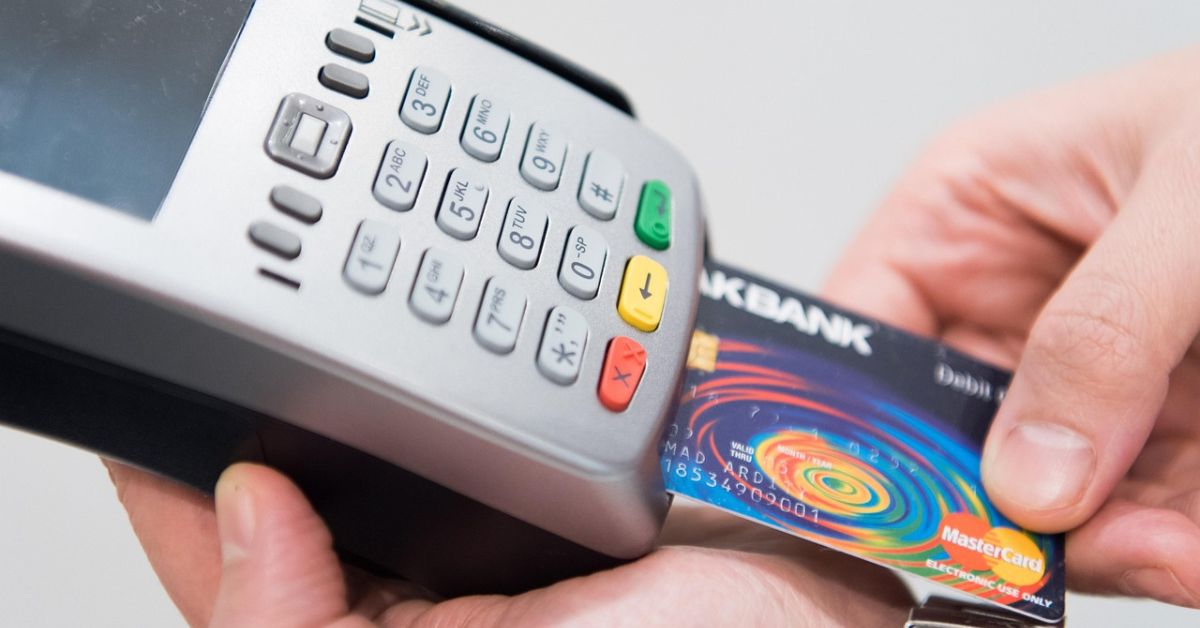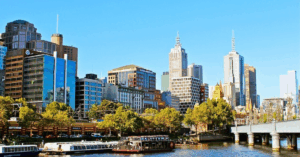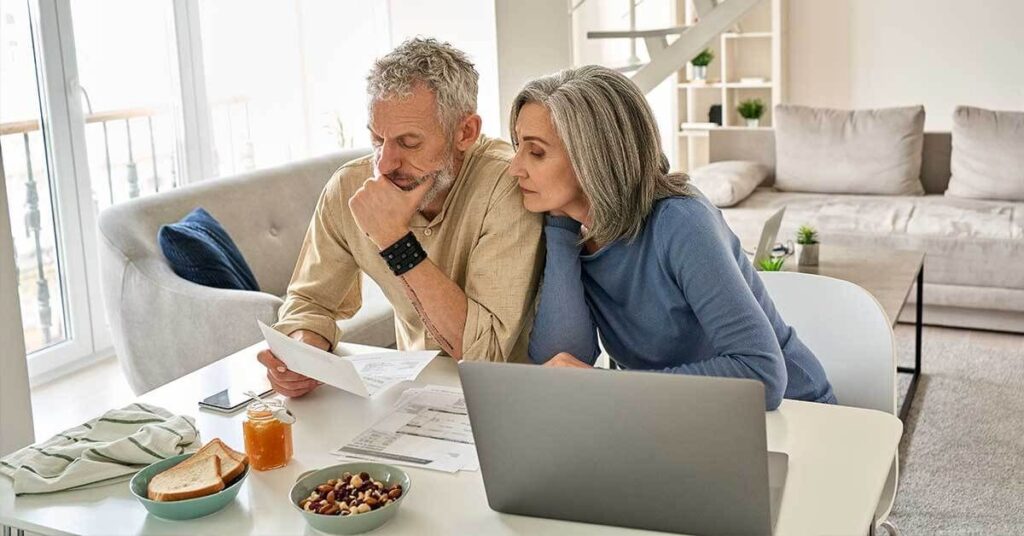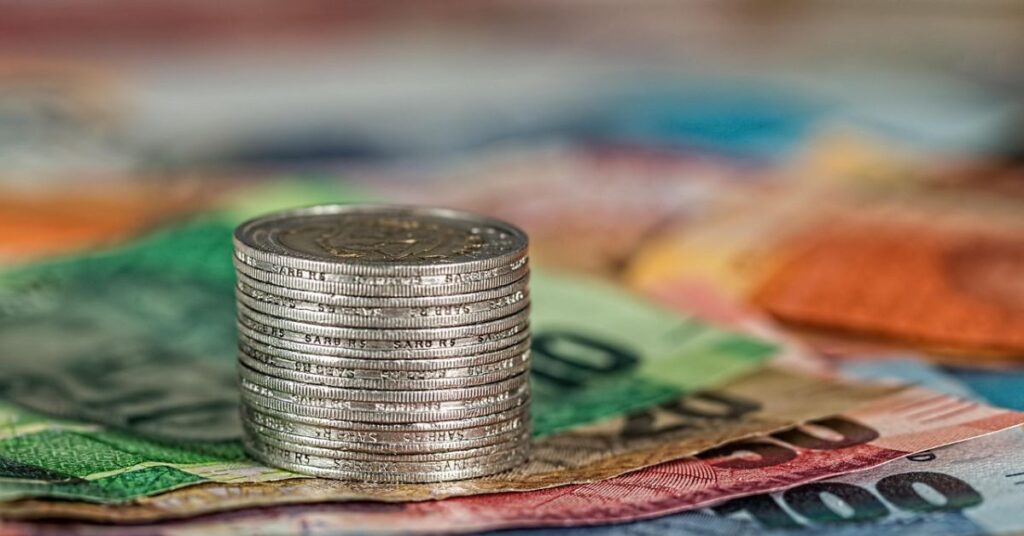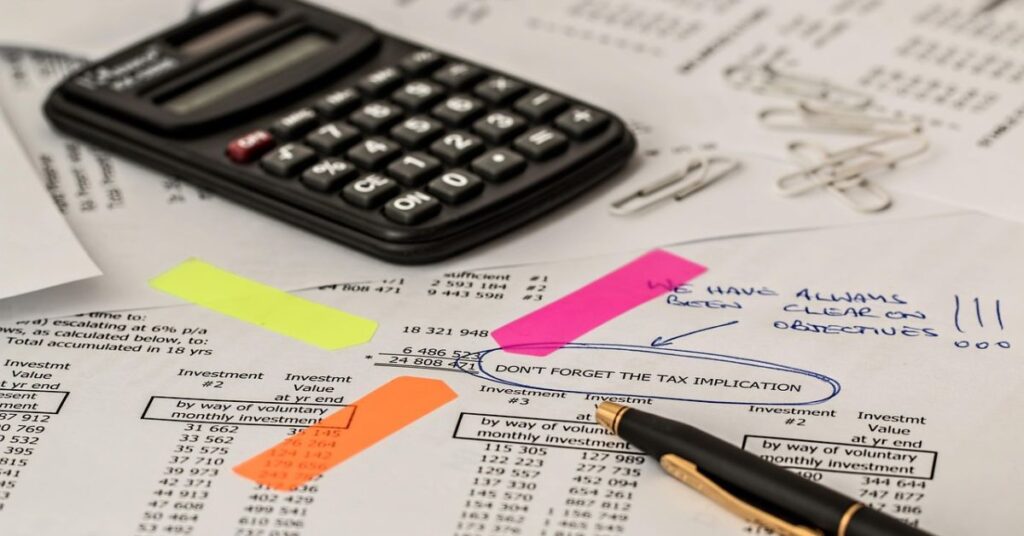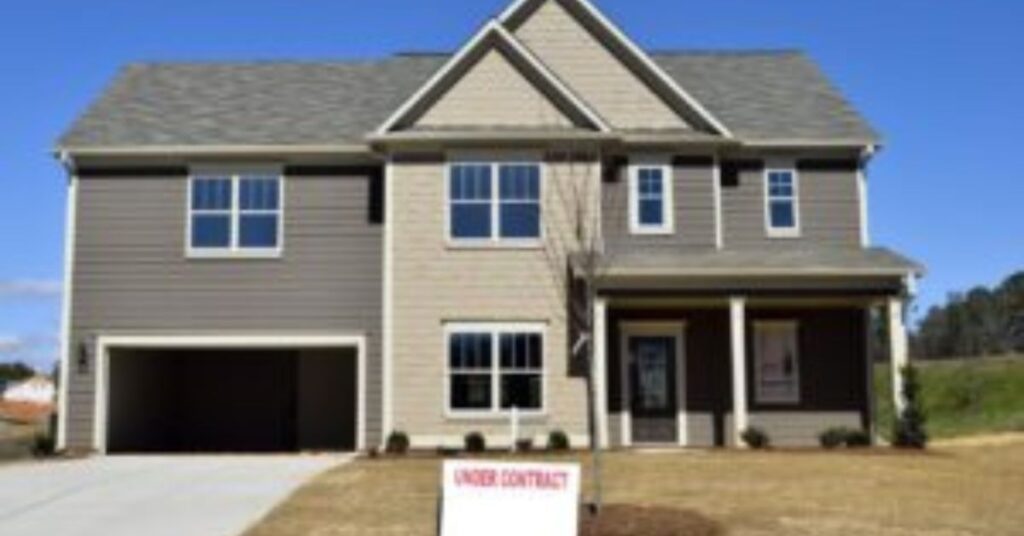The Centrelink Cost of Living Payment is essentially a bit of extra help from the government designed to ease the pressure of everyday expenses for Australians on lower incomes. Think of it as a helping hand when things like rent, groceries, and bills start to pile up. It’s not a loan, and it’s not something you have to pay back. The main idea is to give a bit of breathing room to people who might be finding it tough to keep up with the rising costs we’ve all been seeing.
What Is the Centrelink Cost of Living Payment and Who Can Get It?
So, who actually gets this payment? It’s generally aimed at people who are already receiving certain payments from Centrelink. This includes a range of support, like payments for families, those looking after someone with a disability or illness, people who are unemployed and looking for work, students, and those who have retired. The specific payments that make you eligible can vary, but the common thread is that you’re already on a Centrelink benefit that’s meant to support you financially.
Here’s a general idea of who might be considered:
- Pensioners: This covers things like the Age Pension, Disability Support Pension, and Carer Payment.
- Job Seekers: People receiving payments like the JobSeeker Payment.
- Families: Those getting support through payments like the Family Tax Benefit.
- Students and Apprentices: Individuals on payments like Youth Allowance or Austudy.
It’s important to remember that you usually need to be receiving one of these eligible payments for a certain period, often at least three months, before you can get the Cost of Living Payment. It’s not a standalone application for most people; it’s usually an add-on to an existing payment.
The goal is to provide a bit of immediate relief, acknowledging that the cost of essentials can change quickly and impact those on fixed or lower incomes the most. It’s about making sure people can cover their basic needs without falling into significant debt.
Essentially, if you’re already getting regular support from Centrelink and are finding it hard to manage your budget due to increased living costs, this payment is designed with you in mind. It’s a way for the government to acknowledge the financial strain many Australians are facing.
Purpose of the Centrelink Cost of Living Payment for Low-Income Australians
The main idea behind the Centrelink Cost of Living Payment is pretty straightforward: it’s there to give a bit of a hand up to folks who are really feeling the pinch.
Life’s gotten more expensive, hasn’t it? Things like rent, groceries, and just everyday bills can add up so fast, especially when you’re on a tight budget. This payment is designed to help ease some of that pressure. It’s not meant to be a massive windfall, but rather a bit of extra support to help cover those essential costs that keep going up.
Think of it as a buffer. It can help make sure people can afford the basics without having to make really tough choices. For many, it means being able to buy healthier food, keep the lights on, or manage unexpected expenses without falling into debt.
The goal is to provide a bit of breathing room, acknowledging that the cost of living has increased significantly and is impacting those on lower incomes the most.
Here’s a breakdown of what it aims to do:
- Ease Financial Strain: Directly helps reduce the burden of rising everyday expenses.
- Support Essential Needs: Allows recipients to better afford necessities like food, housing, and utilities.
- Prevent Debt: Acts as a safety net to prevent people from needing to take out high-interest loans for basic living costs.
- Promote Stability: Contributes to a more stable financial situation for vulnerable Australians.
Eligibility Criteria for the Centrelink Cost of Living Payment
To be eligible for the Centrelink Cost of Living Payment, you generally need to be receiving a qualifying Centrelink payment or a Department of Veterans’ Affairs (DVA) payment. This isn’t a standalone payment you can just apply for if you’re not already getting certain support from the government.
The payment is typically made automatically to eligible individuals, meaning you usually don’t need to lodge a separate claim.
Here’s a breakdown of the common payments that usually qualify you:
- Age Pension
- Carer Payment
- Disability Support Pension
- JobSeeker Payment
- Parenting Payment
- Family Tax Benefit Part A
- Youth Allowance
- ABSTUDY Living Allowance
It’s important to note that you must be an Australian resident and be physically present in Australia on the date the payment is made. There are also income and asset tests that apply to some of the underlying payments, which indirectly affect your eligibility for this cost-of-living support. For instance, if you’re looking at a Low Income Health Care Card, your income over a specific period is assessed.
While the payment is designed to help with rising costs, it’s not a permanent solution. It’s a targeted measure to provide some relief during specific economic conditions. Make sure you’re aware of the dates it’s paid and any specific conditions attached.
If you’re unsure whether you qualify, it’s always best to check directly with Centrelink or your DVA service officer. They can confirm your specific circumstances and eligibility based on the most current information.
How Much Is the Centrelink Cost of Living Payment Worth?

The amount of the Centrelink Cost of Living Payment can vary depending on your specific circumstances and the type of payment you receive from Centrelink. It’s not a one-size-fits-all figure, and the government aims to provide support that aligns with individual needs.
For many eligible individuals, the payment is a one-off lump sum designed to offer immediate relief. While the exact figures can change based on government policy and economic conditions, it’s generally intended to provide a noticeable boost to help cover essential expenses.
The payment amount is typically set by the government and announced as part of budget measures or specific relief packages. For instance, in some past initiatives, eligible recipients might have received a payment in the range of several hundred dollars. It’s important to check the latest government announcements or the Services Australia website for the most current figures.
Here’s a general idea of how it might work:
- Direct Deposit: The payment is usually deposited directly into your nominated bank account, making it easy to access.
- No Application Needed (Usually): For most eligible recipients, the payment is automatic. If you’re already receiving a qualifying Centrelink payment, you generally don’t need to do anything extra.
- Varying Amounts: The amount can differ. For example, a payment might be $250 for some, while others could receive a different amount based on their payment type and eligibility.
It’s always best to refer to official communications from Services Australia or the Department of Social Services for the precise amount applicable to your situation. These figures are subject to change and are announced by the government.
Keep an eye on your Centrelink online account via myGov or the Express Plus Centrelink mobile app for any notifications regarding payments. This is often the quickest way to see if a payment has been made or is scheduled.
When Will the Centrelink Cost of Living Payment Be Paid?
The Centrelink Cost of Living Payment is generally paid automatically to eligible individuals. This means you usually don’t need to do anything to receive it. Payments are typically made in a single lump sum.
The payment is usually made around the same time as your regular Centrelink payment. For most people, this means it will arrive with their usual fortnightly instalment.
While the exact dates can vary slightly each year, the payment is often made in the second half of the financial year. For example, in 2024, eligible individuals received the payment in April. It’s important to keep an eye on your Centrelink online account or the Express Plus Centrelink mobile app for specific confirmation of when your payment will be processed.
Here’s a general idea of the timing:
- Automatic Processing: Centrelink manages the distribution, so no application is typically required if you meet the criteria.
- Fortnightly Alignment: The payment is usually bundled with your regular Centrelink income support payment.
- Annual Schedule: While not fixed to a specific date, it generally occurs once per financial year.
It’s always a good idea to check your Centrelink online account or the mobile app for the most up-to-date information regarding your specific payment schedule. This ensures you’re aware of when the funds will be credited to your bank account.
How to Apply for the Centrelink Cost of Living Payment Online or In-Person
Applying for the Centrelink Cost of Living Payment is generally straightforward, and thankfully, you don’t usually need to lodge a separate application for it. For most eligible individuals, the payment is automatically assessed and paid out by Centrelink. This means if you’re already receiving an eligible Centrelink payment or hold a qualifying concession card, the system should identify you and process the payment without any action required on your part.
However, it’s always a good idea to be proactive and check your situation. If you believe you might be eligible but haven’t received the payment, or if you’ve recently become eligible for a qualifying payment or card, you can take a few steps.
The most direct way to confirm your eligibility and payment status is by logging into your Centrelink online account via myGov. This platform provides a clear overview of your current payments, any upcoming payments, and important notifications from Centrelink. You can usually find details about specific payments, including the Cost of Living Payment, within your account.
Here’s a breakdown of how you can check and what to do if you think there’s an issue:
- Check your myGov account: Log in to myGov and navigate to your Centrelink services. Look for any messages or payment summaries that mention the Cost of Living Payment. This is the quickest way to see if it’s been processed for you.
- Contact Centrelink directly: If you can’t find the information online or have concerns, you can phone Centrelink. Have your Customer Reference Number (CRN) ready. The phone numbers vary depending on the payment you receive, so check the Services Australia website for the correct contact details.
- Visit a Service Centre: For face-to-face assistance, you can visit a Centrelink service centre. Be prepared for potential wait times, especially during peak periods. Staff can help you check your eligibility and payment status.
It’s important to note that if you are eligible, the payment is typically made automatically. This is designed to reduce the administrative burden on recipients and streamline the process. If you are receiving a payment that qualifies you for the Cost of Living Payment, and you haven’t received it by the expected date, it’s best to investigate through your myGov account or by contacting Centrelink.
While most eligible individuals receive the payment automatically, it’s always wise to verify your details and payment status through your myGov account or by contacting Centrelink directly if you have any doubts or concerns about not receiving it.
Centrelink Cost of Living Payment for Pensioners and Concession Card Holders
If you’re receiving a pension or hold a concession card, you might already be familiar with how Centrelink supports people with everyday expenses. The Cost of Living Payment is designed to provide an extra bit of help, especially when prices for essentials seem to be going up all the time.
Many people who get a Pensioner Concession Card automatically receive this payment. This card itself is a big help, giving you access to cheaper medicines and other health services. For those eligible, the payment is usually made automatically, so there’s no need to apply separately. It’s just another way the government tries to ease the financial pressure on those who rely on fixed incomes or have specific health needs.
Here’s a quick look at who typically benefits:
- Age Pension recipients: If you’re getting the Age Pension, you’re very likely to be eligible. This payment is a significant support for many older Australians.
- Disability Support Pension recipients: This payment is also for those who receive the Disability Support Pension, acknowledging the extra costs associated with living with a disability.
- Carer Payment recipients: If you’re caring for someone who needs support, the Carer Payment often comes with eligibility for the Cost of Living Payment.
- Holders of specific concession cards: Beyond the Pensioner Concession Card, other specific concession cards issued by Centrelink can also qualify you for this payment. It’s worth checking your specific card details.
It’s important to remember that while the payment is often automatic for many, keeping your personal details up-to-date with Centrelink is always a good idea. This helps prevent any hiccups in receiving payments you’re entitled to.
For those who might not receive it automatically but hold a relevant concession card, it’s always best to check your specific circumstances with Centrelink. They can confirm your eligibility and guide you through any necessary steps. You can often find information about your entitlements through your my Gov account or by contacting Centrelink directly.
Centrelink Cost of Living Payment and Other Government Assistance Programs
It’s a good idea to remember that the Centrelink Cost of Living Payment isn’t usually the only bit of help you might get from the government. Lots of people who receive this payment might also be eligible for other support, depending on their situation. Think of it like a package deal for people who need a hand up.
For instance, if you’re already getting a payment like the Age Pension, Disability Support Pension, or JobSeeker Payment, the Cost of Living Payment is often added on top. It’s designed to give you a bit of extra breathing room, especially when prices for everyday things seem to be going up all the time. Services Australia has a whole range of payments available to help with different costs, so it’s worth checking what else might apply to you.
Here are some common ways other government support might work alongside the Cost of Living Payment:
- Rent Assistance: If you pay rent and get certain Centrelink payments, you might get extra help to cover your housing costs. This is separate from the Cost of Living Payment, but it can make a big difference.
- Energy Supplements: Some people might get additional payments to help with their electricity or gas bills, particularly if they have specific health conditions or hold a concession card.
- Carer Allowance: If you’re looking after someone who needs a lot of help due to illness or disability, you could be eligible for this allowance, which is separate from the Cost of Living Payment.
- Family Tax Benefit: For parents, this payment helps with the costs of raising children. It’s a different kind of support but aims to ease financial pressure on families.
It’s also worth noting that some people might be able to get an advance on their regular Centrelink payments if they face an unexpected expense. This isn’t the same as the Cost of Living Payment, but it’s another way Centrelink can help in a pinch. It works a bit like an interest-free loan, where you get a lump sum now and pay it back over time through smaller deductions from your future payments.
Understanding how all these different payments and supports fit together can feel a bit confusing. The best approach is to check your specific circumstances with Services Australia. They can tell you exactly what you’re entitled to and how it all works.
Don’t forget to look into Services Australia’s additional support options. They often have programs and payments designed to help people manage their finances when times are tough, and it’s always worth seeing if you qualify for more than just the Cost of Living Payment.
Common Issues or Delays in Receiving the Centrelink Cost of Living Payment
Sometimes, getting your Centrelink Cost of Living Payment might not be as straightforward as you’d hope. A few things can pop up that cause delays or confusion. One common hiccup is when your personal details aren’t quite up-to-date with Centrelink. If your address, bank account number, or other contact information has changed and you haven’t told them, the payment might not reach you. It’s a good idea to check your details regularly, especially if you’ve moved recently or changed banks.
Another reason for a hold-up could be related to your ongoing eligibility. Centrelink payments often require annual updates or reviews to make sure you still meet the criteria. If these reviews aren’t completed on time, it can pause your payments, including any special cost-of-living ones. Making sure you respond promptly to any letters or requests from Centrelink is really important.
Here are some common reasons for payment issues:
- Incorrect Bank Details: Double-check that the bank account you’ve nominated is correct and active. A simple typo can send your payment astray.
- Eligibility Reviews: If you’re on a payment that requires regular reviews, like the Age Pension or Disability Support Pension, delays can occur if these aren’t finalised.
- System Updates or Technical Glitches: While rare, sometimes Centrelink’s systems might experience temporary issues that affect payment processing.
- Changes in Circumstances: If your income or living situation changes significantly, it might affect your eligibility for certain payments, and this can sometimes cause a temporary pause while they sort it out.
If you’re experiencing a delay or haven’t received your payment when expected, the best first step is to contact Centrelink directly. They can look into your specific situation and tell you what’s happening. Sometimes, a quick phone call or a visit to a service centre can clear things up.
It’s also worth remembering that while the cost-of-living payment is designed to help, there are other avenues for support if you’re facing immediate financial hardship. For instance, Centrelink advance payments can sometimes be accessed for unexpected expenses, acting like a short-term loan to tide you over.
Tips to Make the Most of Your Centrelink Cost of Living Payment
Receiving a Centrelink Cost of Living Payment can offer a bit of breathing room, especially when prices for everyday things seem to keep climbing. It’s not just about having a bit of extra cash; it’s about using it wisely so it helps you out as much as possible.
Think about what you really need first. While it’s tempting to splurge, consider if there are any pressing bills or essential items that would make a big difference to your household.
Here are a few ideas to help you get the most from your payment:
- Budgeting: Before you spend anything, take a moment to plan. See if this payment can cover a specific expense, like a utility bill or groceries for a set period. This way, you know exactly where the money is going and how it’s helping.
- Bulk Buying Essentials: If you have the space, consider buying non-perishable items like toiletries or pantry staples in larger quantities when they’re on sale. This can save money in the long run.
- Debt Reduction: If you have any small, high-interest debts, using some or all of the payment to pay them off could save you money on interest charges over time.
- Emergency Fund: Even a small amount put aside can be a lifesaver for unexpected events, like a minor car repair or a sudden medical expense.
Sometimes, Centrelink offers advance payments if you’re facing an unexpected cost. This isn’t free money, but it’s like an interest-free loan that you pay back over time through smaller deductions from your regular payments. It can be a good option if you need funds before your next scheduled payment arrives for things like a broken appliance or urgent repairs.
Remember, this payment is designed to help ease the pressure of rising costs. By being thoughtful about how you use it, you can make it work harder for you and your household.
Thinking about the Centrelink Cost of Living Payment? We’ve got some easy-to-follow tips to help you get the most out of it. These simple ideas can make a real difference to your budget. Want to learn more about managing your money? Visit our website for more helpful articles and guides.
Frequently Asked Questions
What is the Centrelink Cost of Living Payment?
The Centrelink Cost of Living Payment is a special payment from the government designed to help Australians on lower incomes with their everyday expenses. Think of it as a bit of extra help to cover things like groceries, bills, or transport, especially when prices go up.
Who can get the Cost of Living Payment?
Generally, if you’re already getting certain Centrelink payments or a Pensioner Concession Card, you might be eligible. This includes people on payments like JobSeeker, Age Pension, or Disability Support Pension. The government usually sends it out automatically if you qualify, so you don’t need to apply separately.
How much money is the payment?
The amount can change each year, but it’s usually a one-off payment. For example, in some years it has been $250. It’s meant to give you a boost to help with rising costs, not to cover all your expenses.
When do I get the payment?
The payment is typically made around the same time each year, often in the second half of the financial year. Centrelink will let you know the exact dates, but it’s usually paid automatically into your bank account if you’re eligible.
Do I need to apply for this payment?
In most cases, no. If you’re already receiving an eligible Centrelink payment or have a Pensioner Concession Card, the payment should be sent to you automatically. You’ll usually get a letter or a message in your Centrelink online account confirming if you’re getting it.
What if I have a concession card but don’t get a Centrelink payment?
If you have a Pensioner Concession Card but don’t receive a regular Centrelink payment, you might still be eligible. However, you may need to check directly with Centrelink or your specific concession card provider to confirm your eligibility for the Cost of Living Payment.
Can I get this payment if I also get other Centrelink help?
Yes, the Cost of Living Payment is designed to work alongside other payments you might receive. It’s an extra boost for low-income earners and doesn’t usually affect other regular payments you get from Centrelink, like your pension or allowance.
What should I do if I think I should have received the payment but didn’t?
If you believe you were eligible for the payment but didn’t receive it, the best thing to do is contact Centrelink directly. You can do this by calling them, visiting a service centre, or sending a message through your MyGov account. They can check your situation and explain why.

